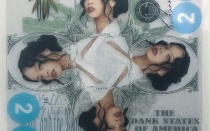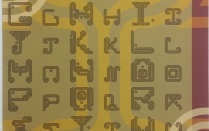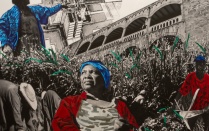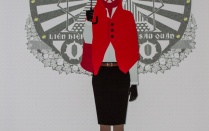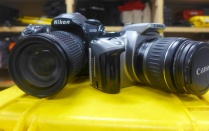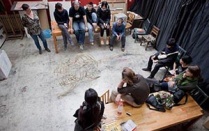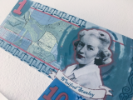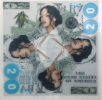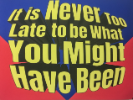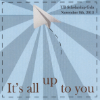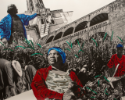Graphic Design

Nekita Thomas, MFA 2015
Today’s digitally networked culture and industry demand increasing levels of visual literacy. Communication in the 21st century is an ecology of information, knowledge production, and visual rhetoric that shapes the way people understand our world.
Design
The curriculum accounts for canonical forms of publicity and publication, but it also includes information design, propaganda, maps, documents, and money—all as facets of sociability, knowledge production and governance. The graphic design concentration equips students with the theoretical foundation and practical skills with which to become socially-engaged contributors and leaders in a world thoroughly mediated by artifacts of communication.
The program cultivates a student’s ability to give visual form to ideas and information and to be contributors to the varied cultures they engage in through a personal and critical point of view. The curriculum emphasizes independent, critical thinking that enables graduates to function not just as workers trained for today’s technological environment, but as creative agents that can adapt to and steer the ever-changing landscape of communication that constitutes society.
Pathway
A significant part of this trajectory entails the establishment of Platform, a socially-engaged design lab situated within the department. Its mandate is to provide a pedgagocial model for the experiential learning of graphic design AND EMERGING PRACTICES by engaging students with complex social issues and community entities in the City of Buffalo who have visual communication needs. Rather than simply functioning as a training ground for client/service-oriented practice, Platform encourages students to develop the agenda and design brief alongside community partners through active and creative research and fieldwork, demonstrating the capacity of design to frame discourse—to provoke, enlighten, and influence publics, and to validate points of view that are typically deprived of the capacity to be launched into the public sphere.
Facilities
The Department of Art has two fully staffed state-of-the-art Mac based computer labs loaded with the latest software available and access to a variety of output methods, including 3D printing, UV printing, multi-channel video and audio, digital embroidery and AR/VR apparatus. Not only will you learn the ins and outs of graphic design, you can gain real world learning and applications with our socially-engaged design lab, PLATFORM.
PLATFORM Social Design Lab is a socially engaged design studio that is part of the MA in Art & Design for Social Impact. It is a pedagogical model that offers courses and workshops within a dedicated multifunctional studio for graduate students with diverse backgrounds and for undergraduate students in the Graphic Design and Emerging Practices concentration areas. Through the PLATFORM Social Design Lab, students experience real-world learning opportunities working with both local and regional nonprofits that advocate for under-served communities. Students learn the value of an integrative, interdisciplinary design practice that encourages teamwork and collaboration and empowers them to be active members of their community.
- Participate in a socially-engaged design studio
- Develop your portfolio with real-world client projects
- Learn skills in teamwork and client management

